Can you mix different nail systems? Hybrid, gel and acrylic gel in one manicure
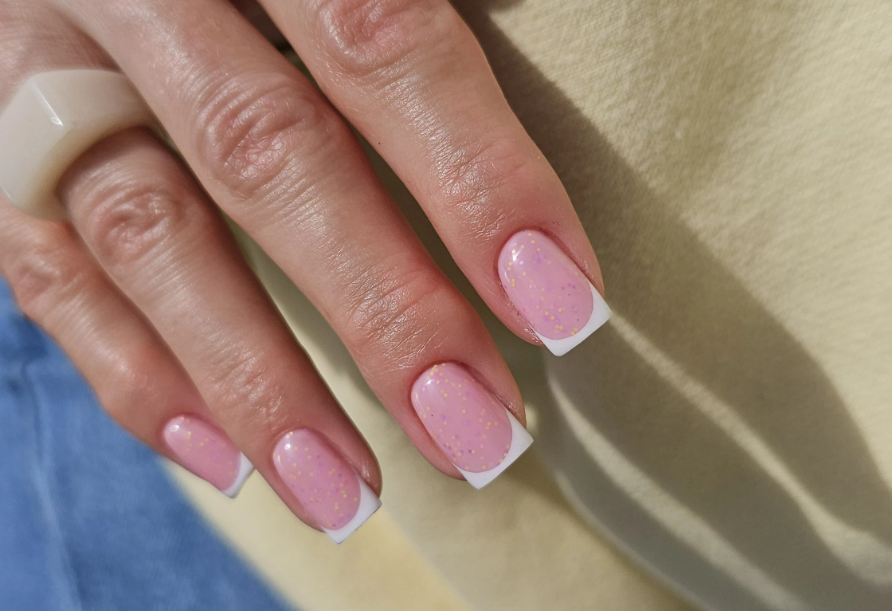
Learn how to combine hybrid polish, gel, and acrylic gel in a single manicure for customized strength and stunning results! Mixing different nail systems allows professionals to create tailored solutions that address specific client needs while achieving optimal durability and appearance. Understanding proper layering techniques and product compatibility ensures successful combinations that deliver long-lasting, professional-quality results. This innovative approach maximizes each product's unique strengths while minimizing individual limitations for truly personalized nail services.
Understanding nail system hierarchy
Successfully combining different nail enhancement systems requires understanding their hardness levels and flexibility characteristics. Professional mixing follows a critical rule: always start with the hardest product and finish with the most flexible. This layering approach prevents cracking, lifting, and structural failure that occurs when rigid materials are applied over flexible bases. The hierarchy from hardest to most flexible includes acrylic gel at the strongest level, followed by builder gel, and finishing with hybrid polish as the most flexible system.
Each system offers unique properties that serve specific purposes in nail enhancement. Acrylic gel provides maximum strength and durability, making it ideal for structural work, extensions, and problem nail solutions. Builder gel offers moderate strength with excellent self-leveling properties perfect for creating smooth, even surfaces. Hybrid polish delivers color, shine, and moderate flexibility that works well as a finishing layer. Understanding these characteristics helps professionals select appropriate combinations for individual client needs.
Professional layering techniques
The foundation of successful system mixing lies in proper preparation and base application. Quality preparation includes thorough nail dehydration, cuticle removal, and surface buffing to ensure optimal adhesion. Apply a thin layer of Extend Base as the foundational layer, which provides essential adhesion properties that work with all subsequent systems. This base creates a stable platform that allows different products to bond effectively while maintaining structural integrity throughout the service life.
Structural building follows the hardness hierarchy principle. Begin with acrylic gel for areas requiring maximum strength, such as stress points, extension foundations, or problem areas needing reinforcement. Apply builder gel over acrylic gel to create smooth contours and perfect surface preparation for color application. Finish with hybrid polish colors to achieve desired aesthetic results while maintaining flexibility that prevents cracking under normal use conditions.
Color integration strategies
Modern nail enhancement benefits from strategic color placement that maximizes both aesthetic impact and structural integrity. The Extend 5in1 formula offers unique advantages for system mixing by combining base, color, and top coat properties in single products.
Perfect color options for system mixing include:
-
811 Pastel Lavender - beautiful purple tones with building capabilities for elegant results
-
820 Light Gray - sophisticated neutral options perfect for professional environments
-
822 Juicy Peach - warm, vibrant color with strengthening properties for beauty and durability
These multi-functional products streamline the mixing process by reducing layer count while maintaining system benefits. They can serve as intermediate layers between structural products and finishing colors, or function as complete color systems when applied over appropriate structural foundations. This versatility allows professionals to customize services based on client preferences and nail condition requirements.
Common mixing applications
Extension work benefits significantly from system combination approaches. Start with acrylic gel for initial extension structure, providing strength and stability at stress points. Build surface smoothness with builder gel, creating perfect preparation for color application. Finish with hybrid polish colors that provide vibrant options without compromising structural integrity. This approach delivers extensions that combine maximum durability with beautiful color options.
Repair situations often require strategic system mixing to address specific problem areas while maintaining overall nail aesthetics. Use acrylic gel for targeted reinforcement of damaged areas, blend with builder gel for smooth transitions, and finish with hybrid colors that match natural nail appearance. This technique allows professionals to address nail damage while creating seamless, natural-looking results.
Overlay strengthening services combine system benefits to address weak natural nails without excessive bulk. Apply thin acrylic gel layers for foundational strength, smooth with builder gel applications, and finish with hybrid colors for desired appearance. This approach provides significant strengthening without the thickness associated with single-system overlays.
Professional application guidelines
Successful system mixing requires attention to curing protocols and layer compatibility. Each product type may require specific curing times and lamp settings for optimal results. Allow complete curing between system changes to ensure proper bonding and prevent layer separation. Monitor nail temperature during curing to prevent overheating that can compromise product integrity or client comfort.
Essential mixing guidelines include:
-
Always follow hardness hierarchy from firm to flexible
-
Ensure complete curing between different product applications
-
Apply base layers in thin, even coats for optimal adhesion
-
Test product combinations on practice wheels before client application
-
Maintain proper lamp wattage and curing times for each product type
Quality control becomes especially important when mixing systems, as improper application can lead to service failure or client dissatisfaction. Regular technique evaluation and continuing education help maintain professional standards while exploring new combination possibilities.
Troubleshooting and solutions
Common mixing problems typically stem from improper layering sequence or inadequate curing between applications. Lifting often indicates insufficient preparation or contamination between layers. Cracking usually results from applying rigid materials over flexible bases or inadequate curing of intermediate layers. Prevention involves strict adherence to preparation protocols and proper system hierarchy.
Product incompatibility can occasionally occur when mixing brands or formulations. Always test new combinations on practice materials before client application. Maintain detailed records of successful combinations for future reference and client consistency. Professional mixing requires ongoing experimentation and education to achieve optimal results while maintaining service reliability.
FAQ:
Can I apply acrylic gel over hybrid polish?
No, this violates the hardness hierarchy rule. Always apply harder products first, then layer softer materials on top to prevent cracking and service failure.
Do I need special base coats when mixing systems?
Yes, quality base products like Extend Base provide essential adhesion properties that work with multiple system types, ensuring proper bonding between different materials.
How long do mixed system manicures typically last?
When properly applied following hierarchy rules, mixed systems often last 3-4 weeks or longer, combining the durability of structural products with hybrid polish aesthetics.
Are mixing systems suitable for beginners?
Advanced mixing requires solid understanding of individual systems first. Master each product type separately before attempting combinations for best results.
No comments







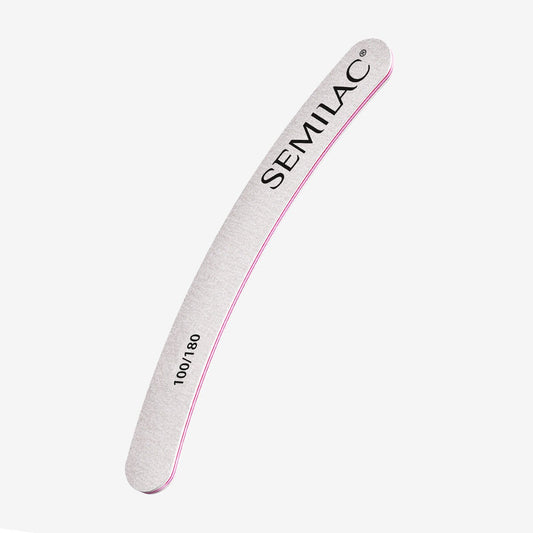
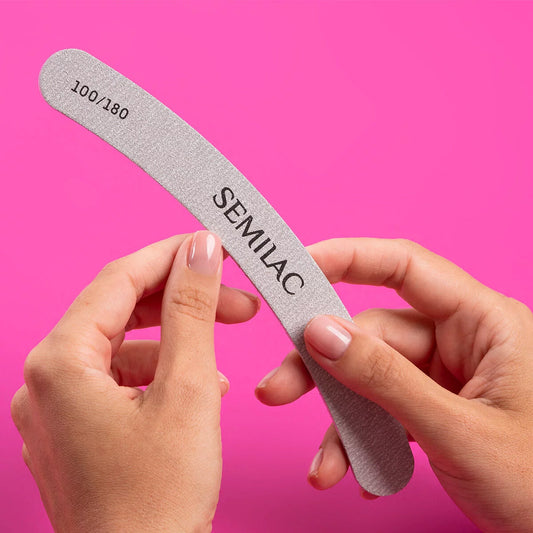
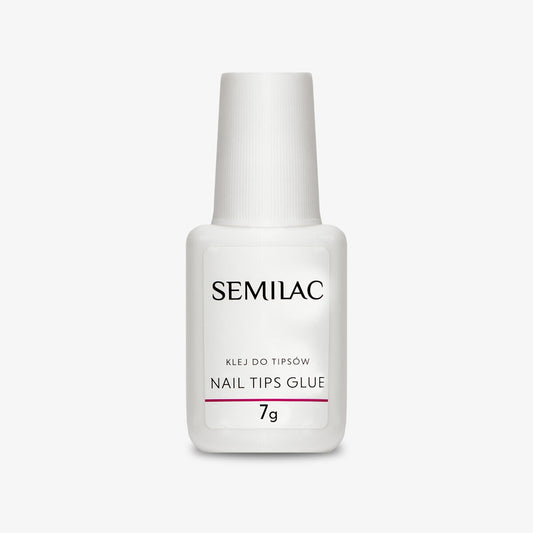
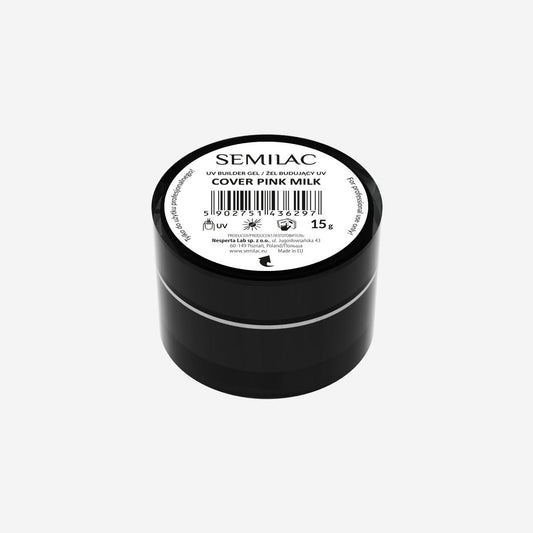
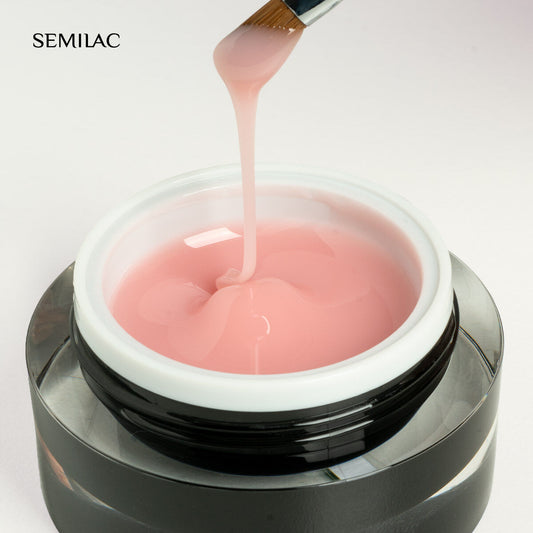
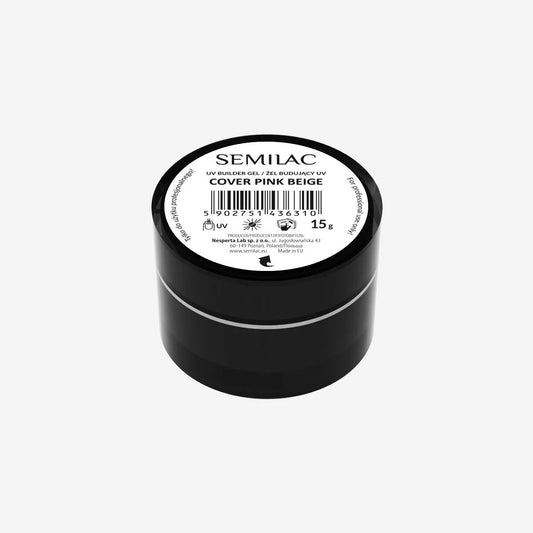
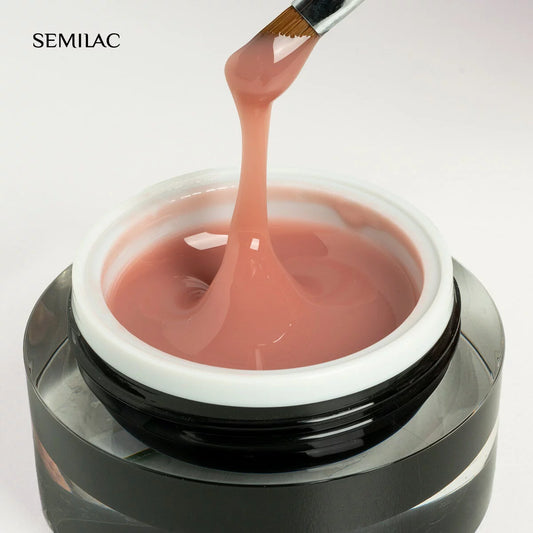
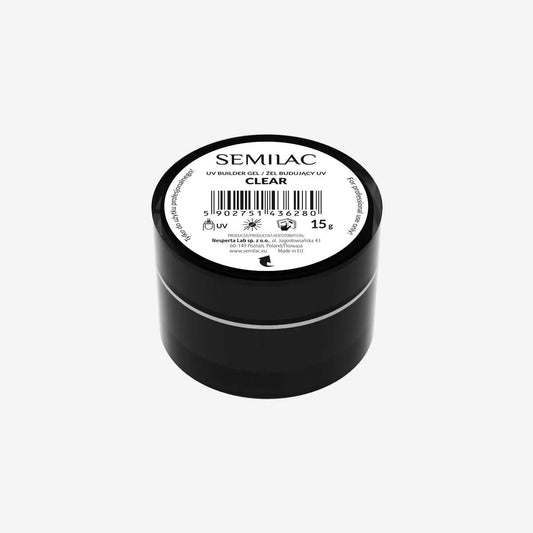
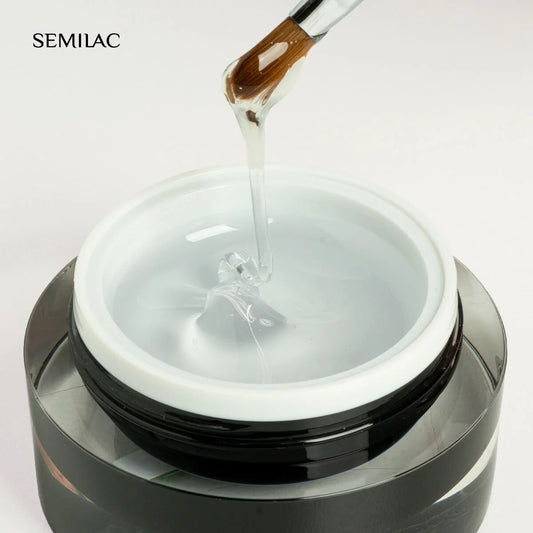
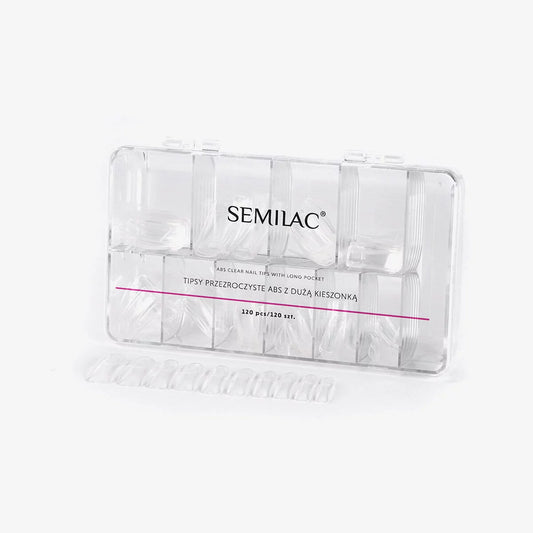
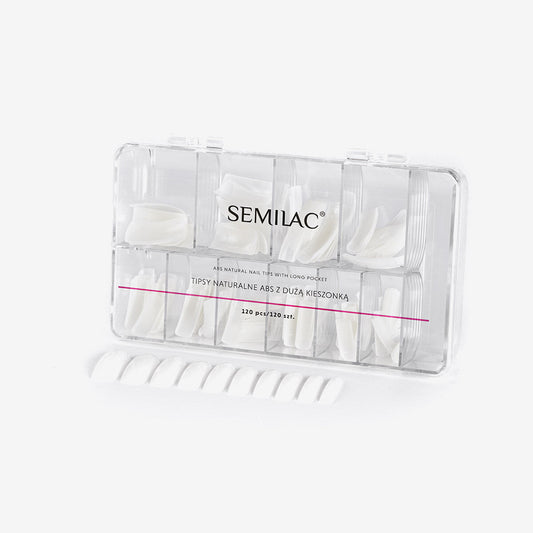
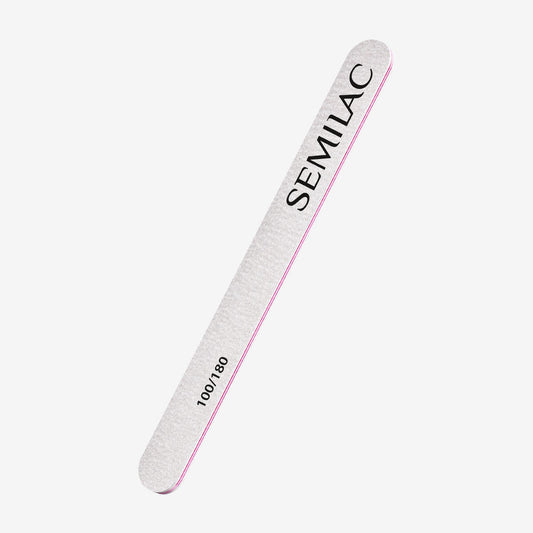
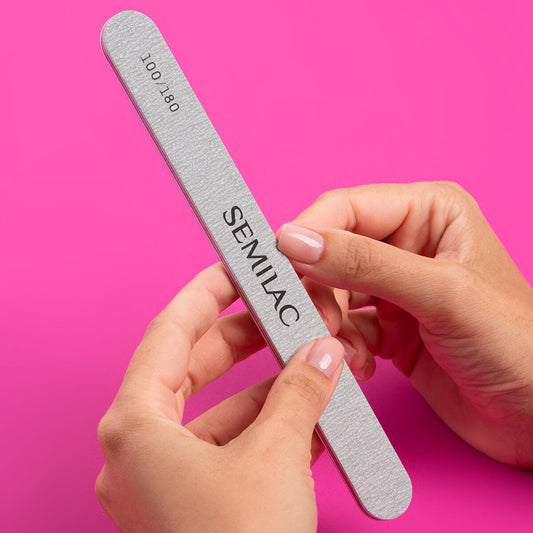
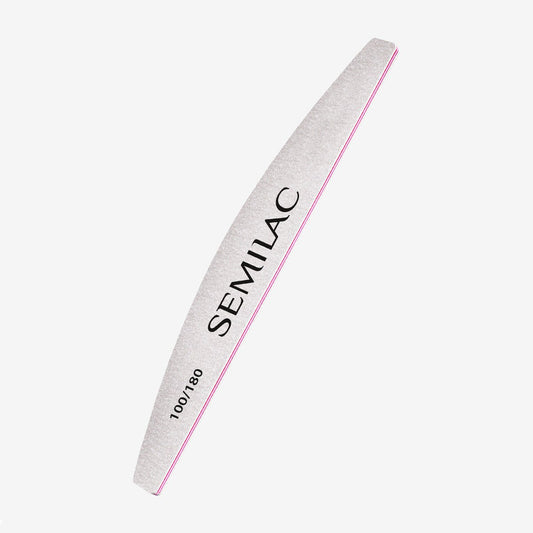
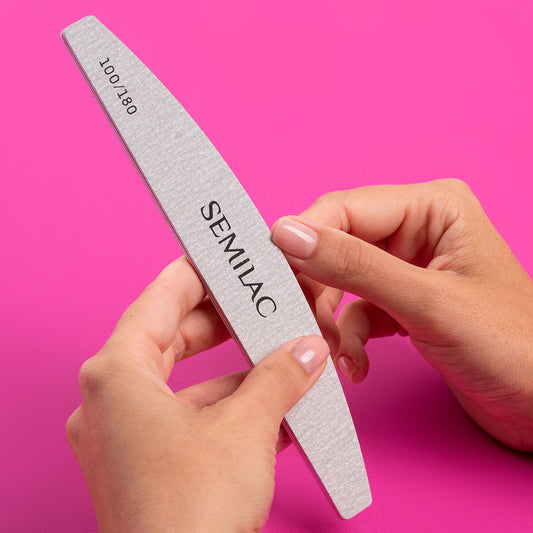
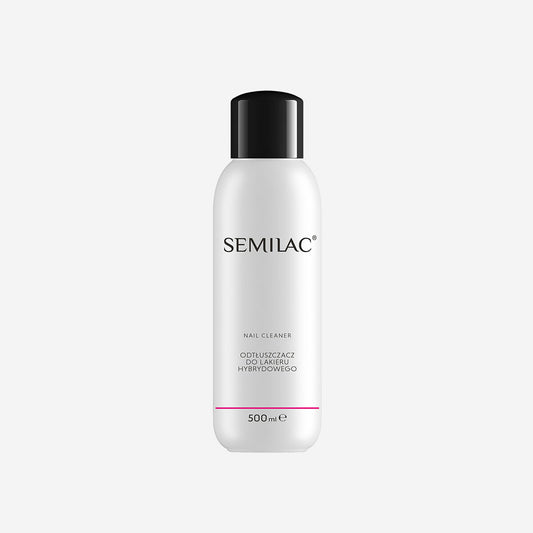
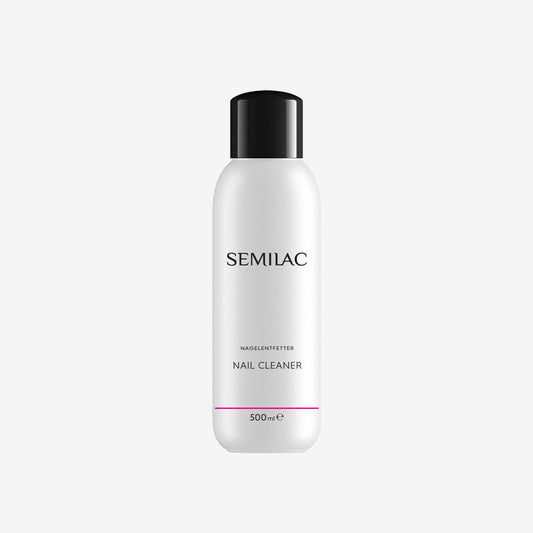
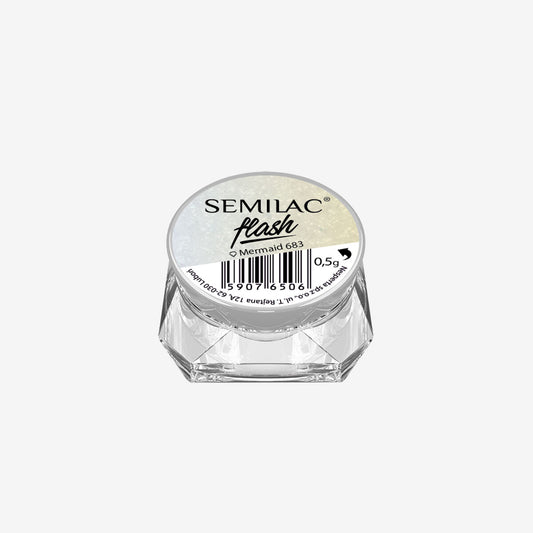
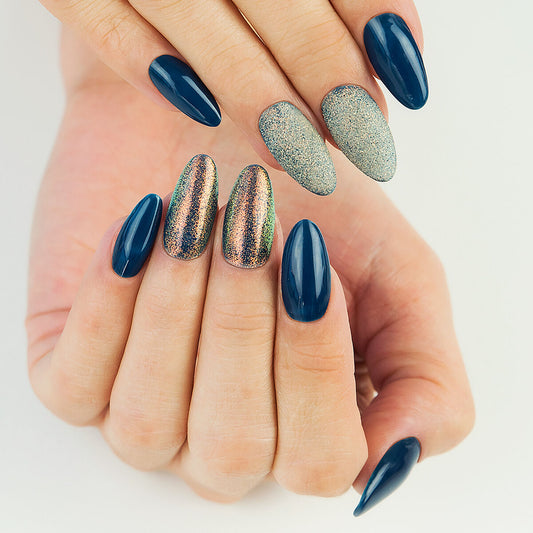
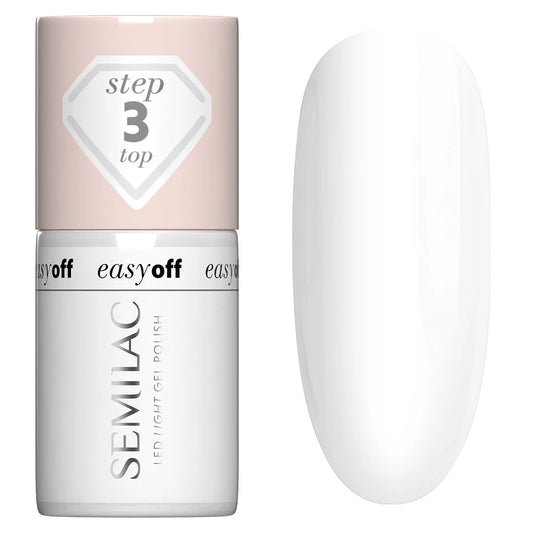
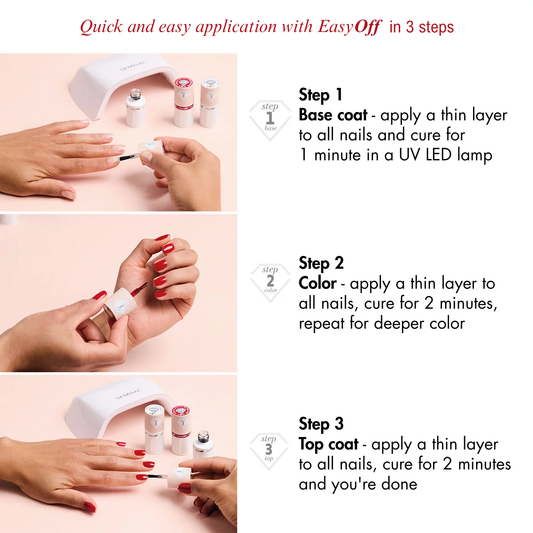
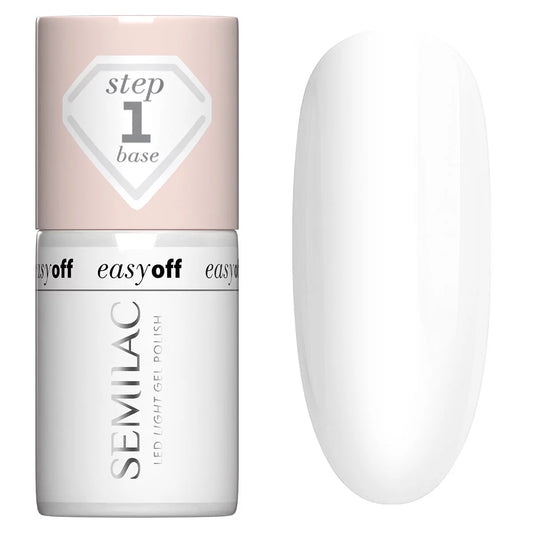
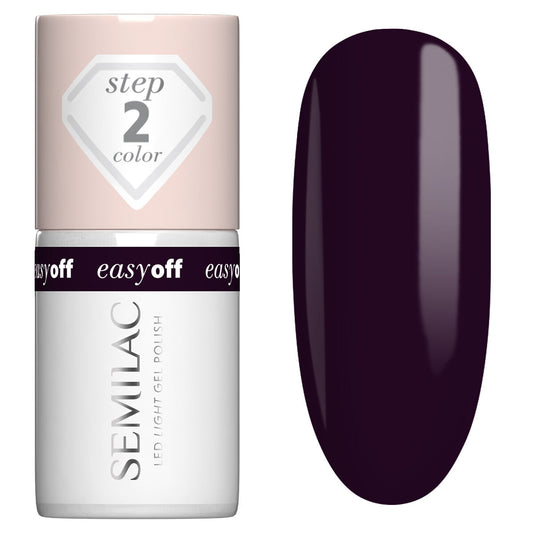
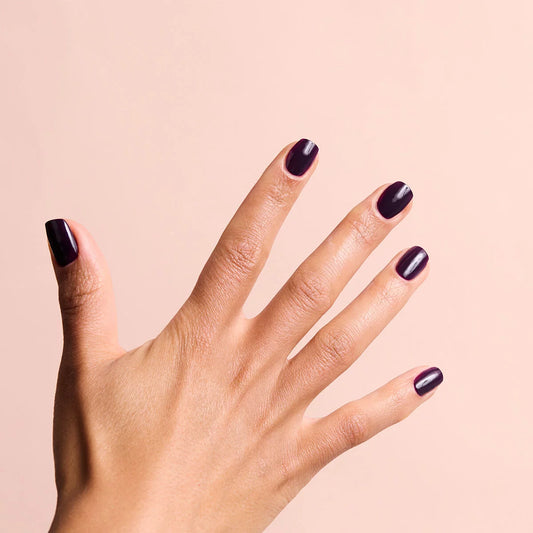
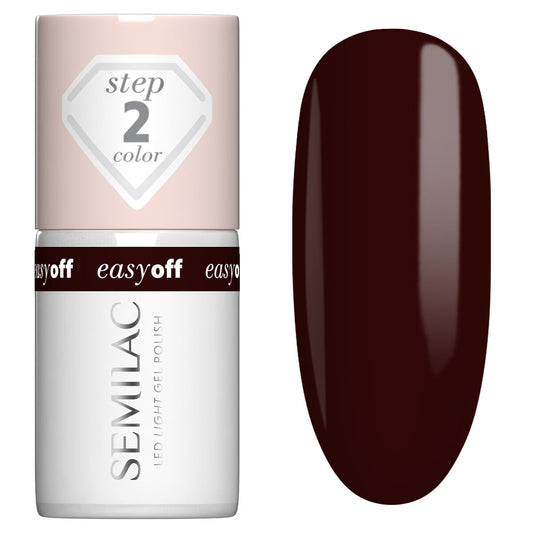
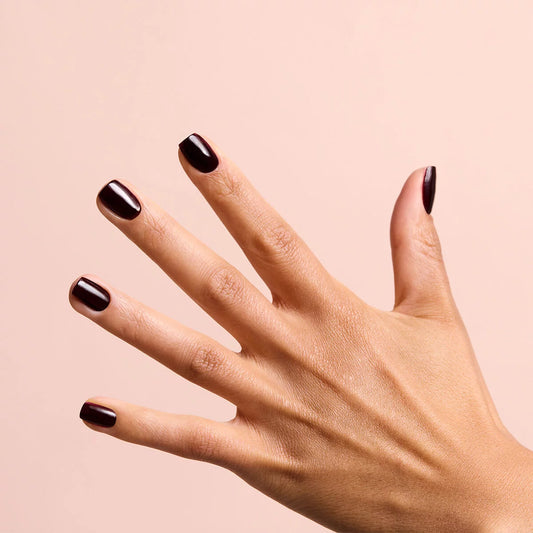
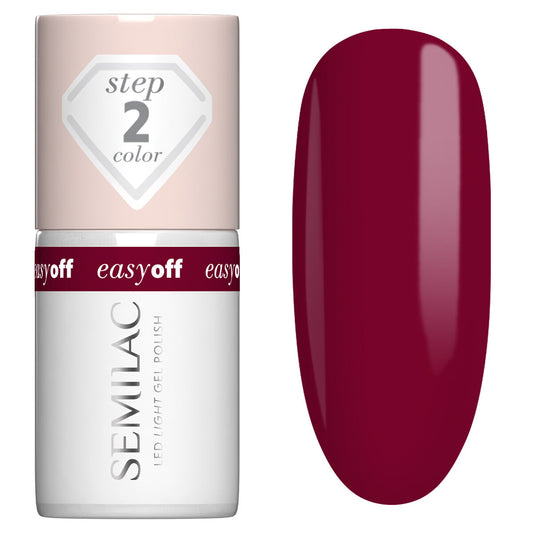
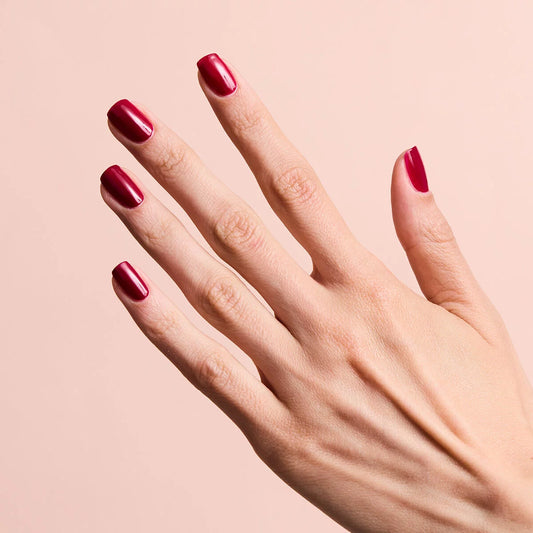
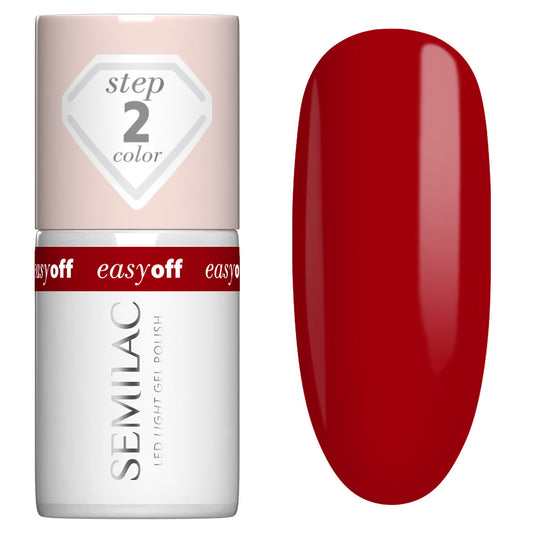
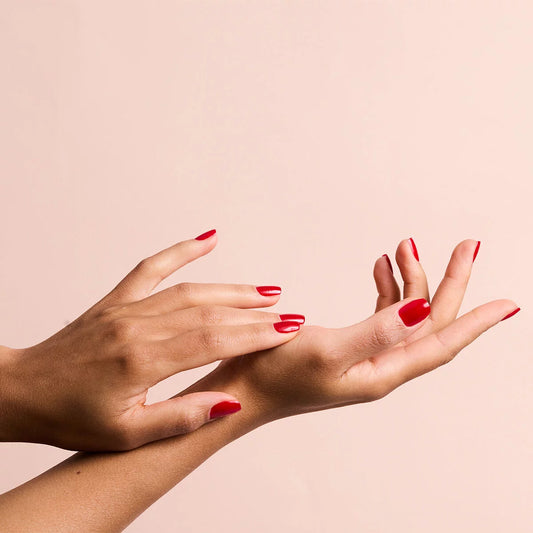
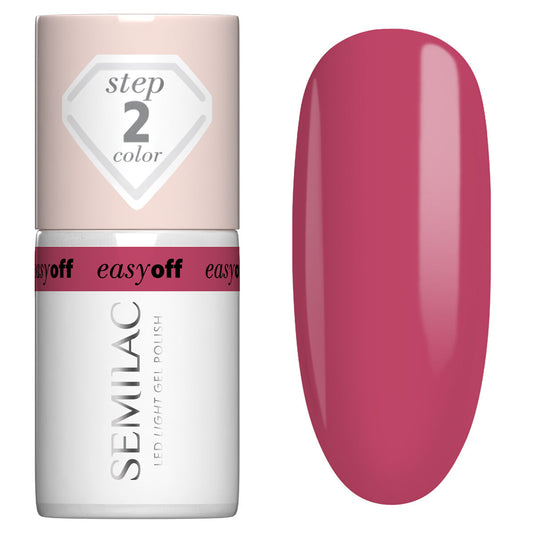
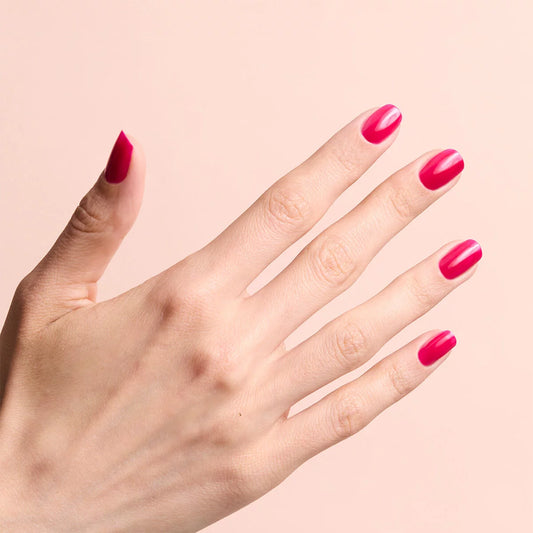
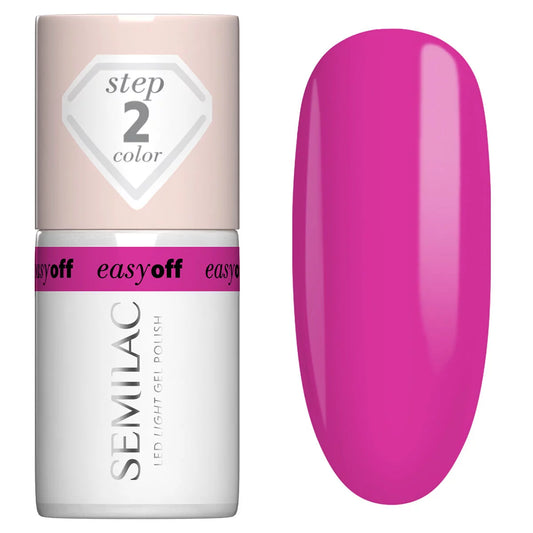
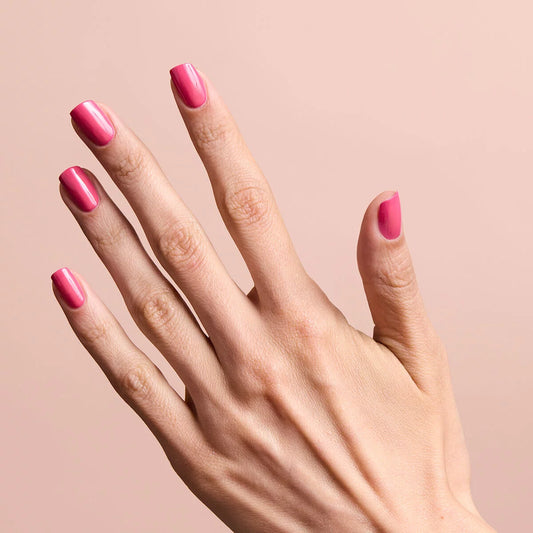
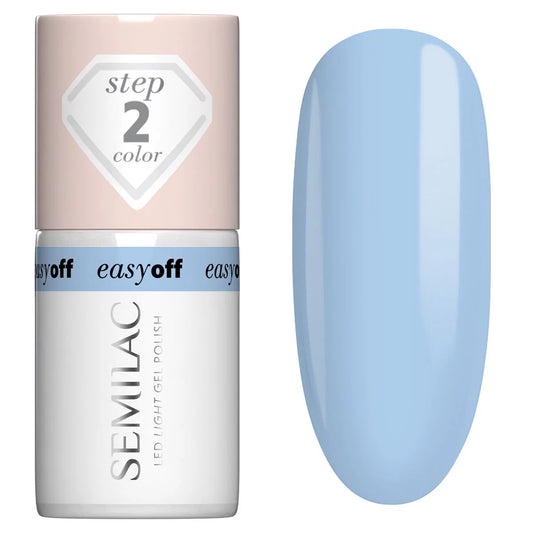
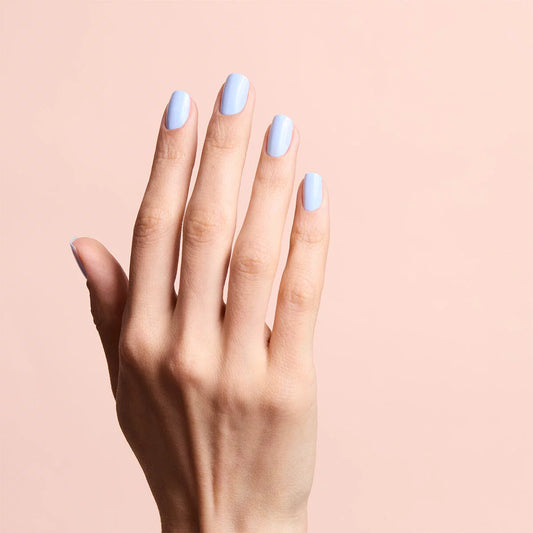
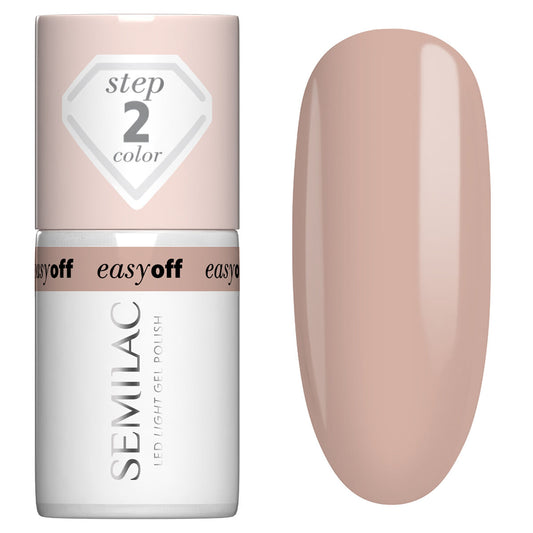
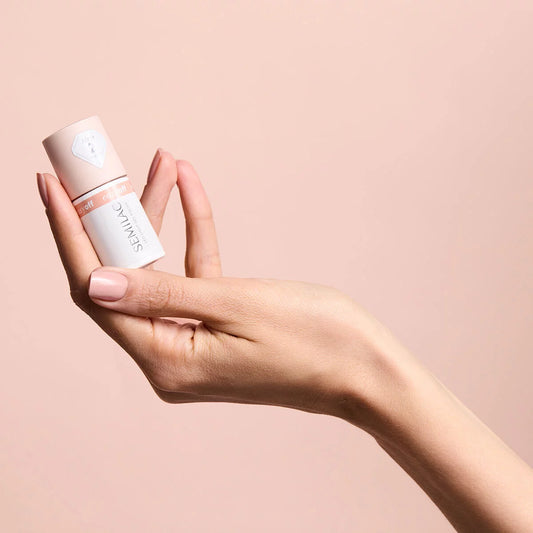
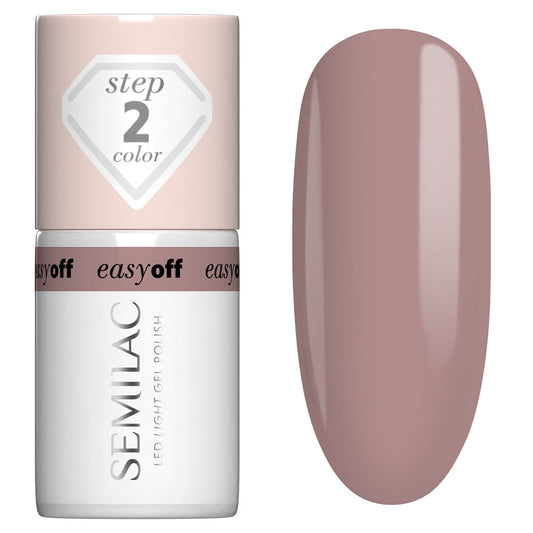
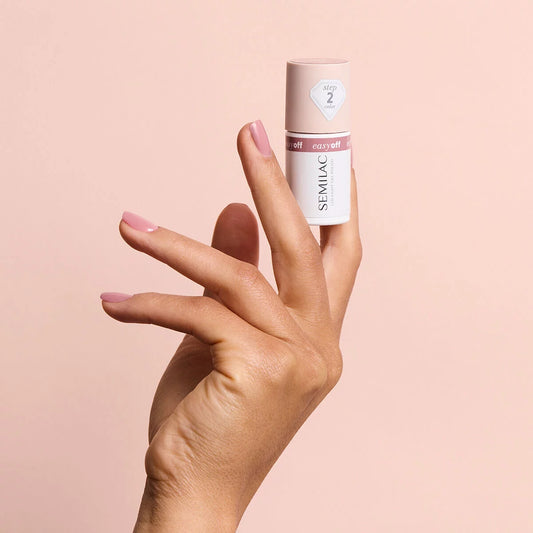
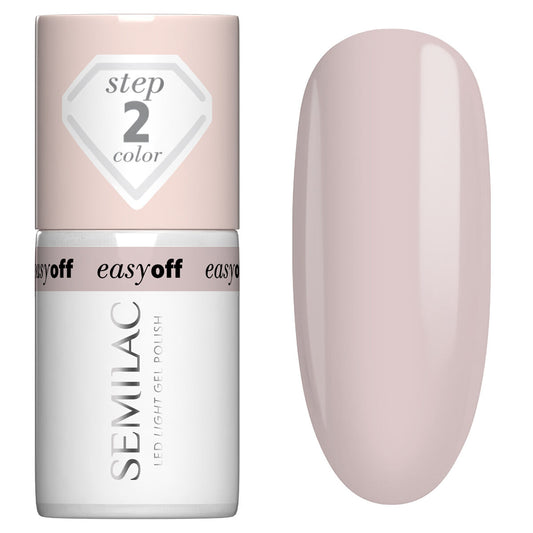
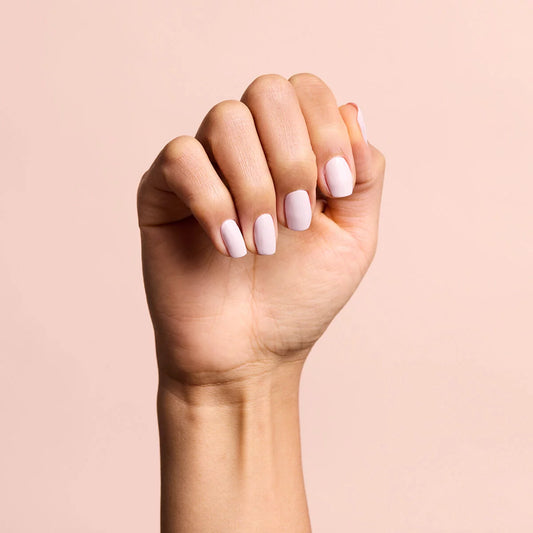
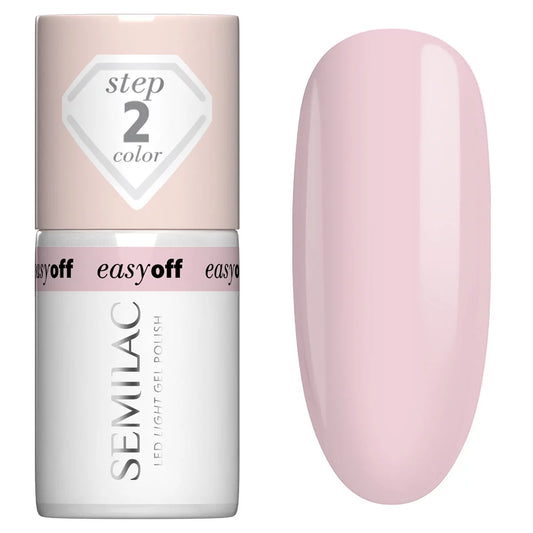
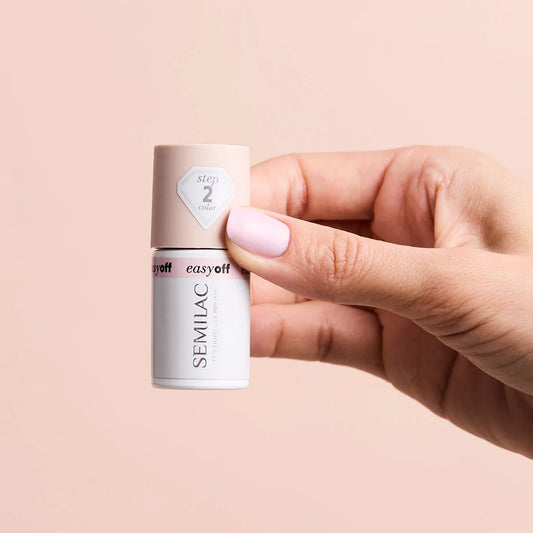
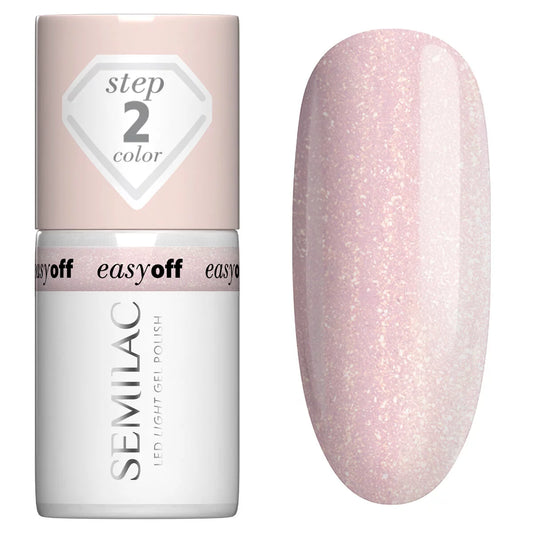
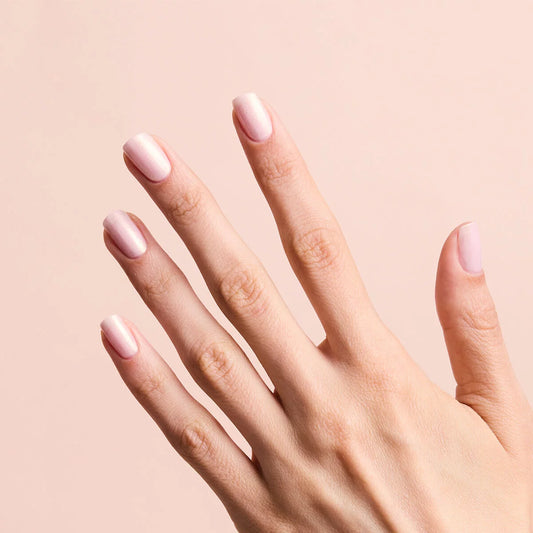
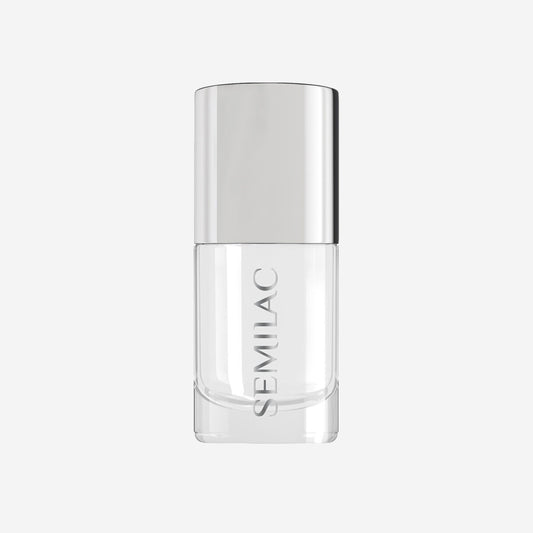
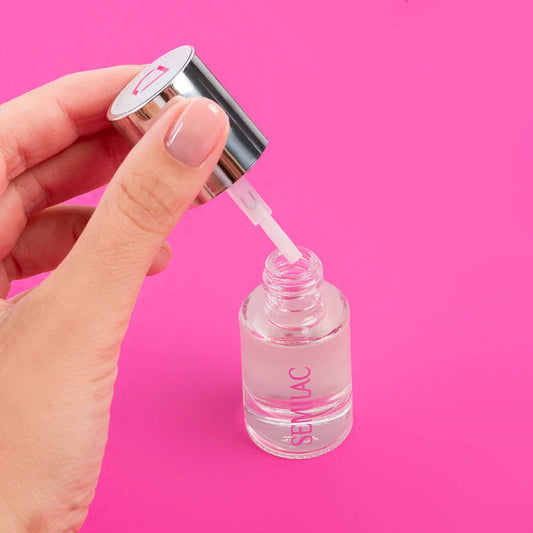

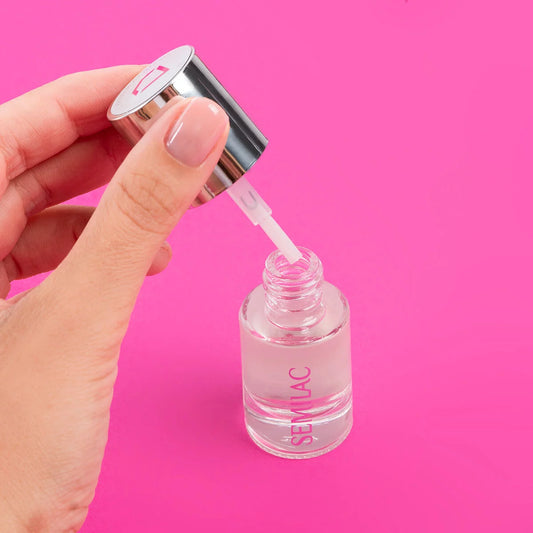
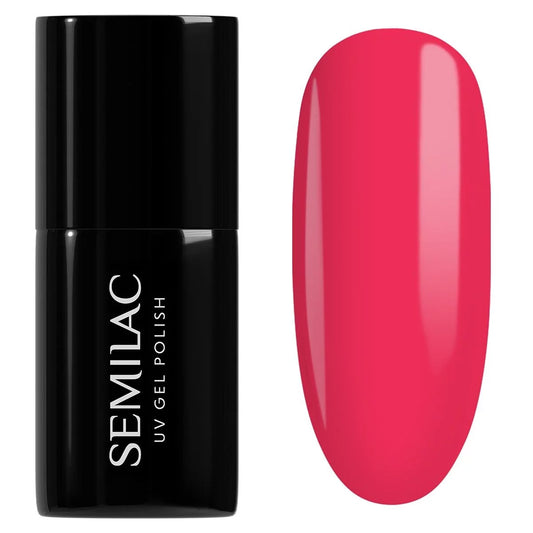
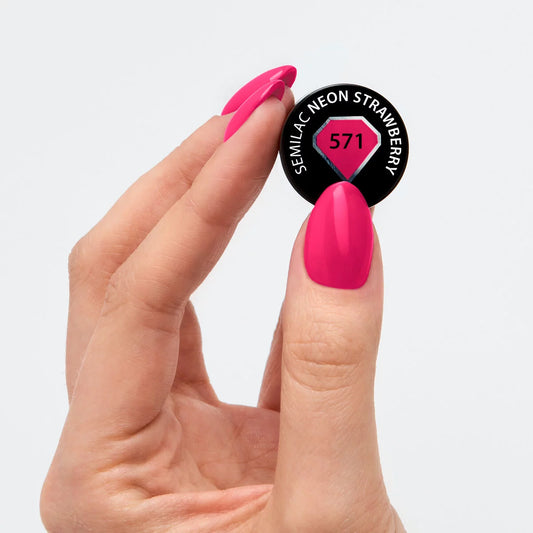
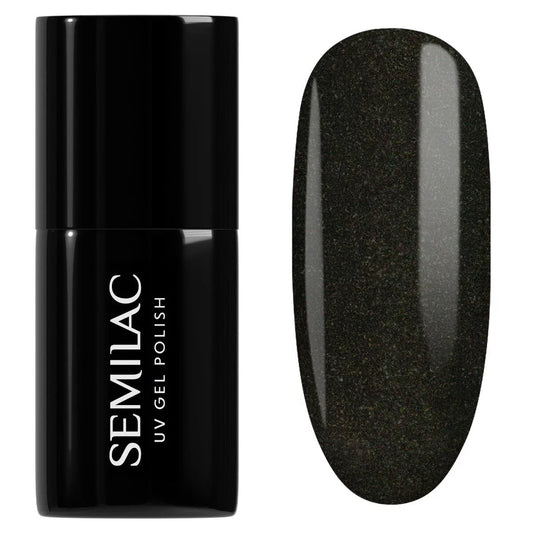
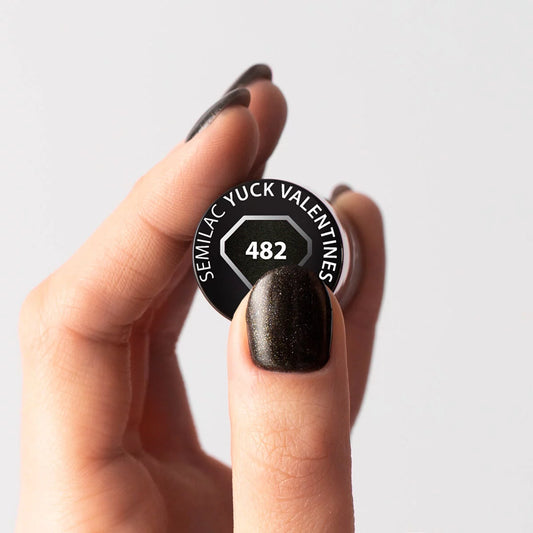
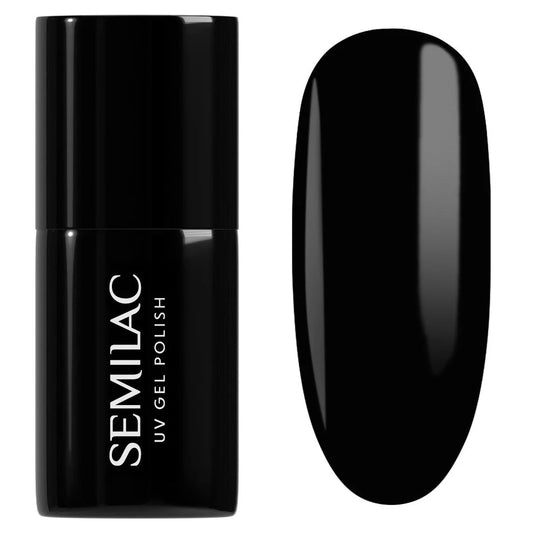
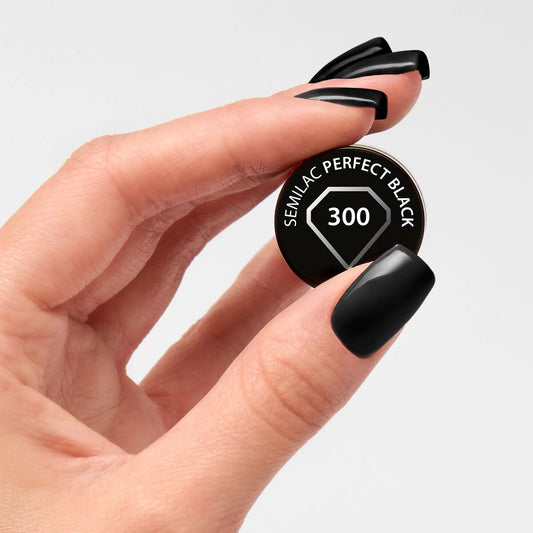
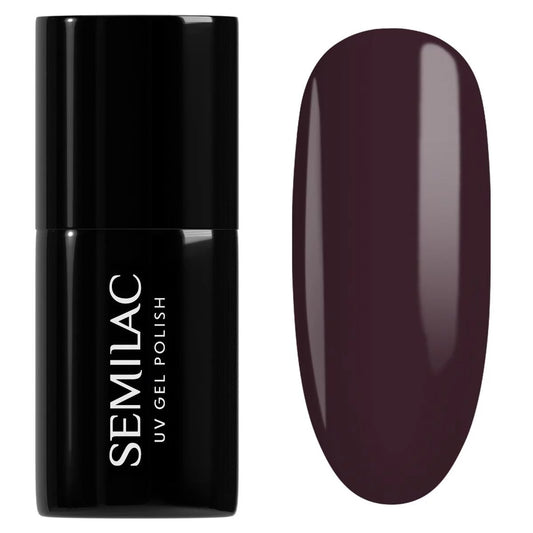
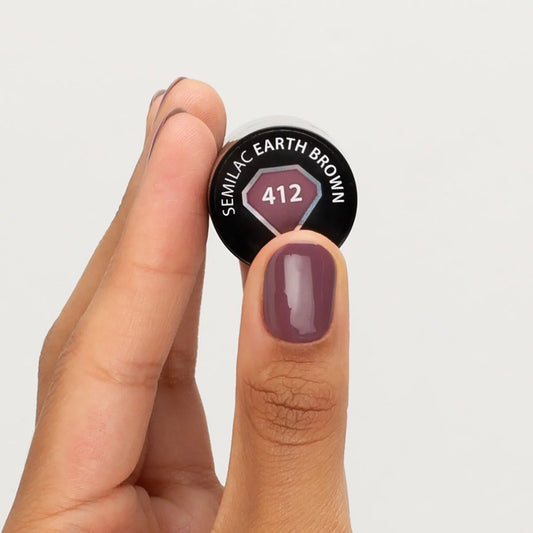
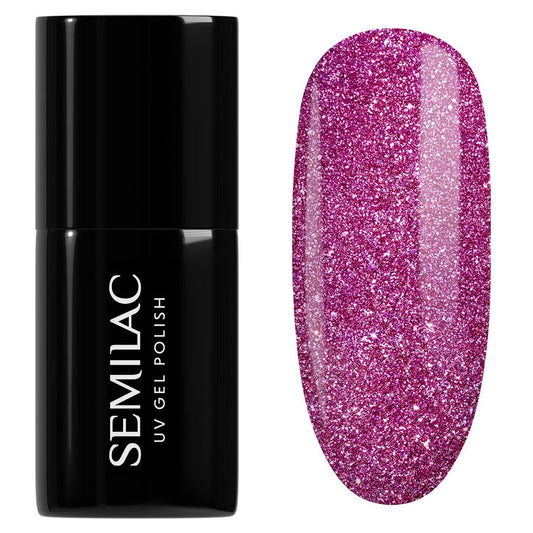
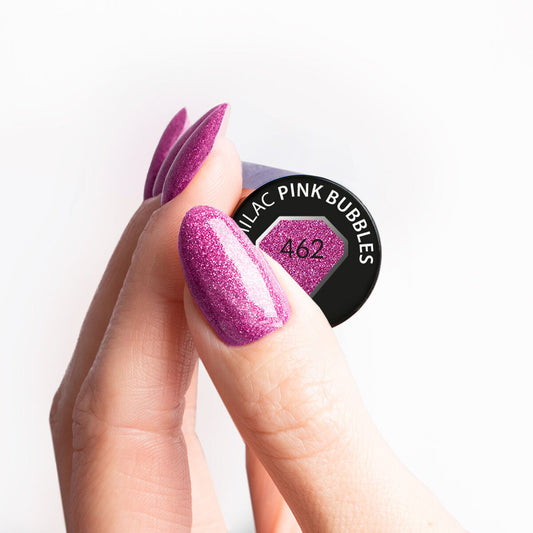
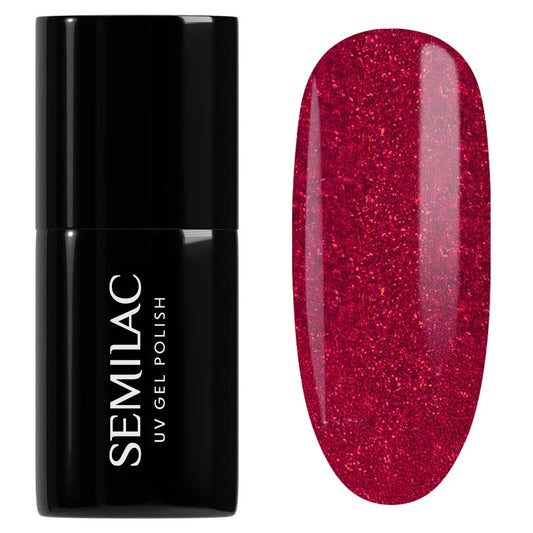
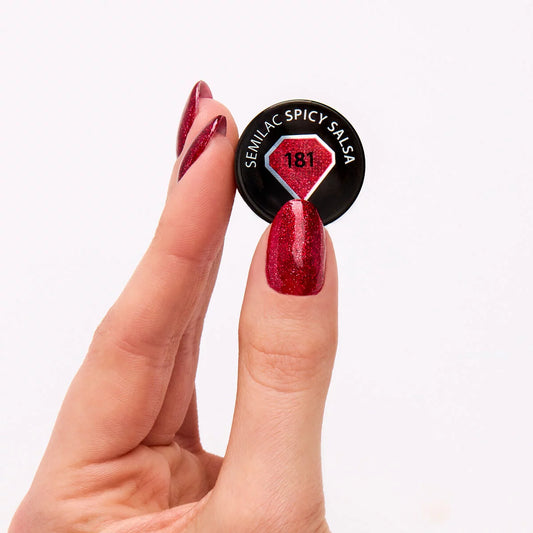
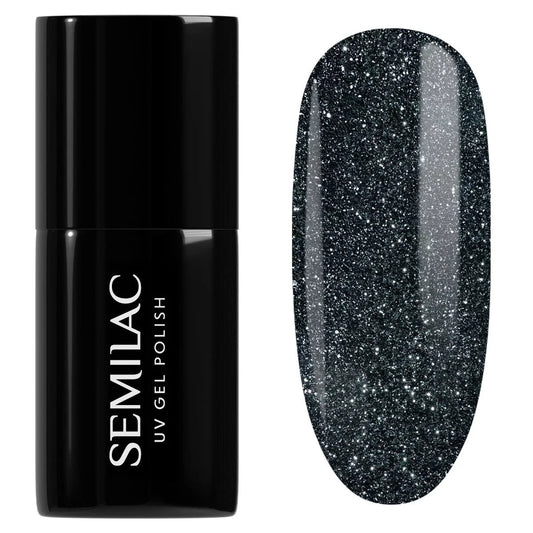
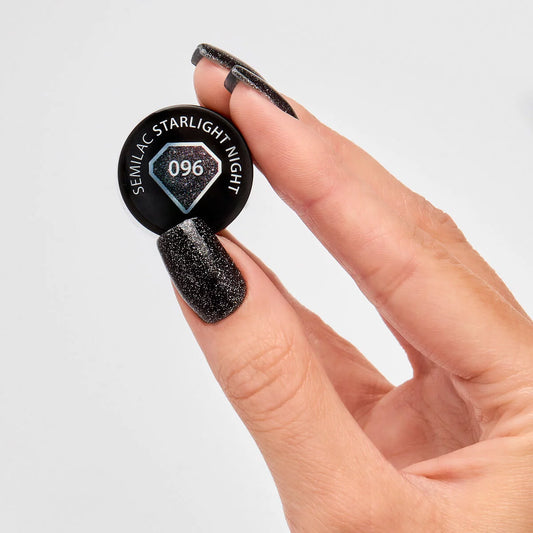
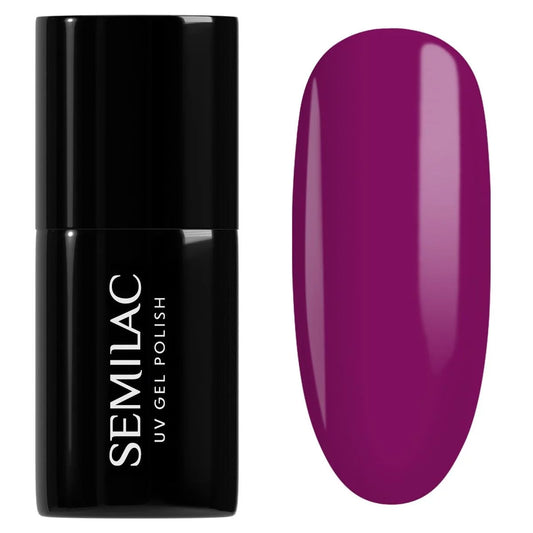
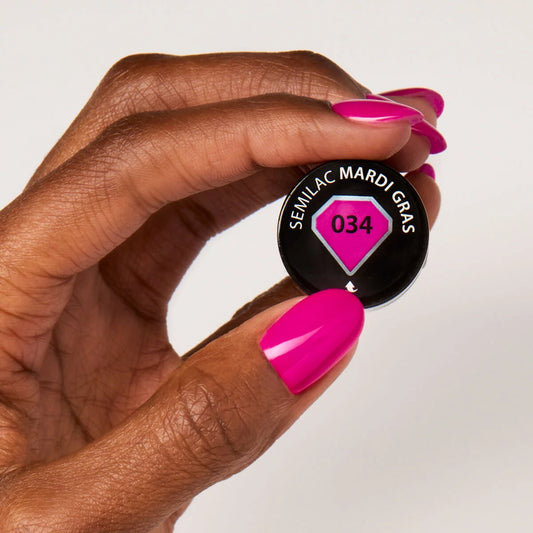
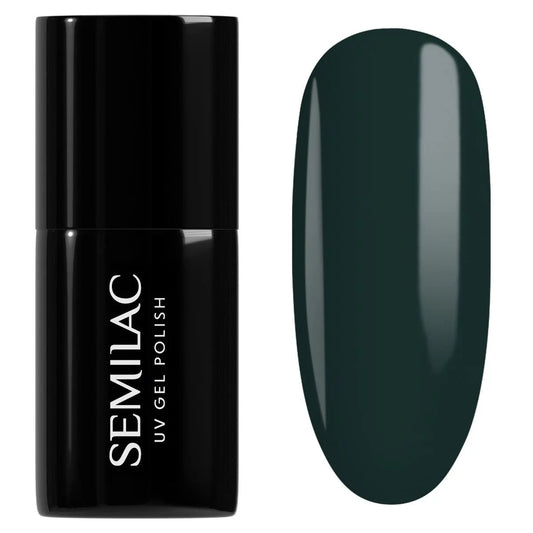
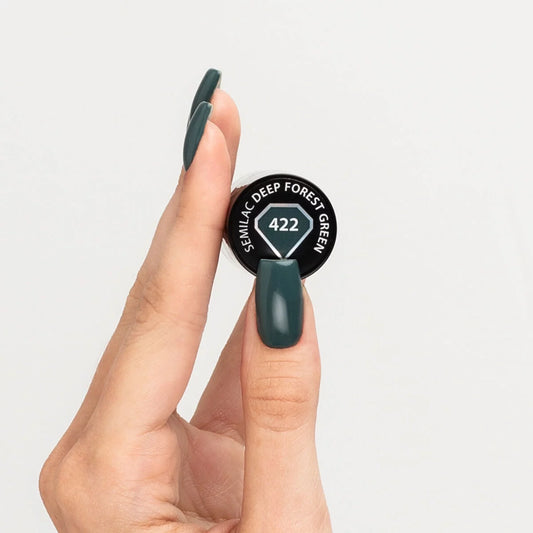
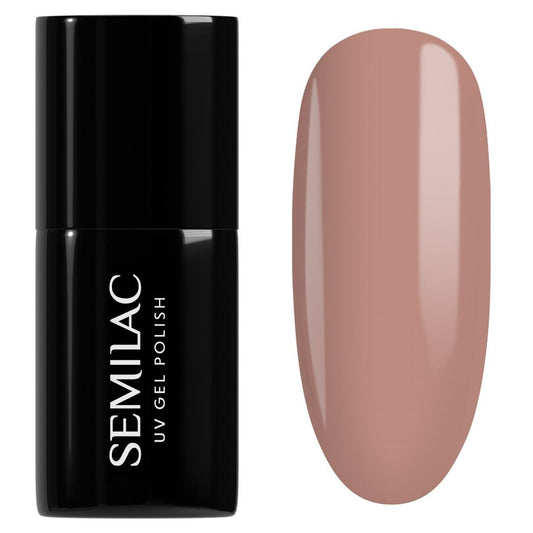
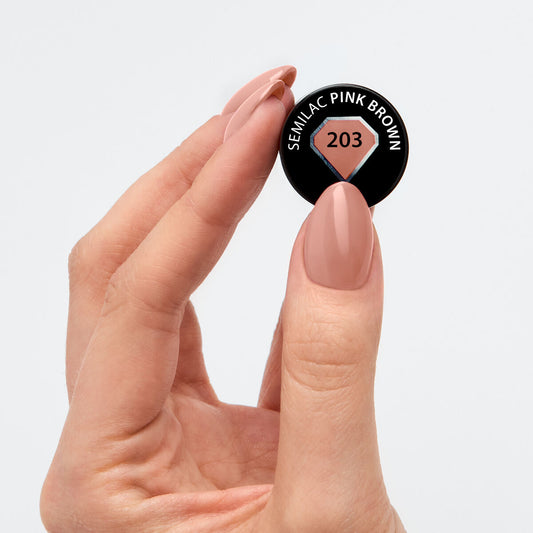
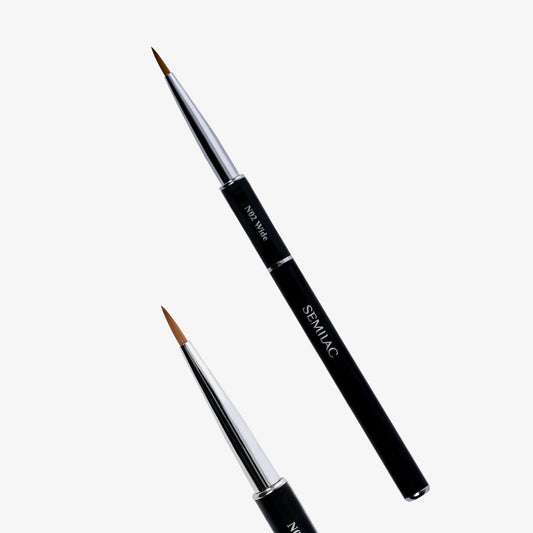
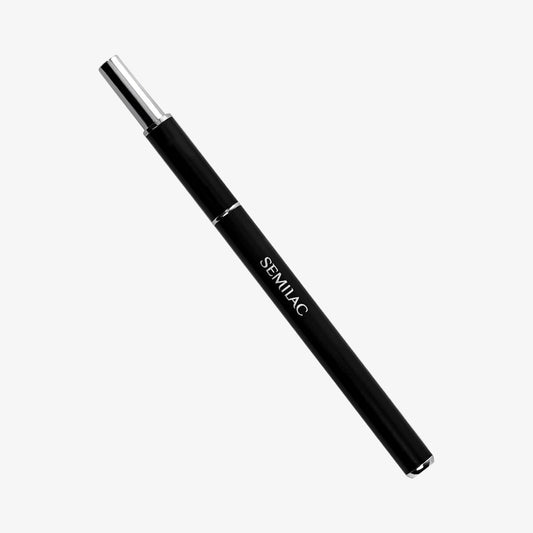
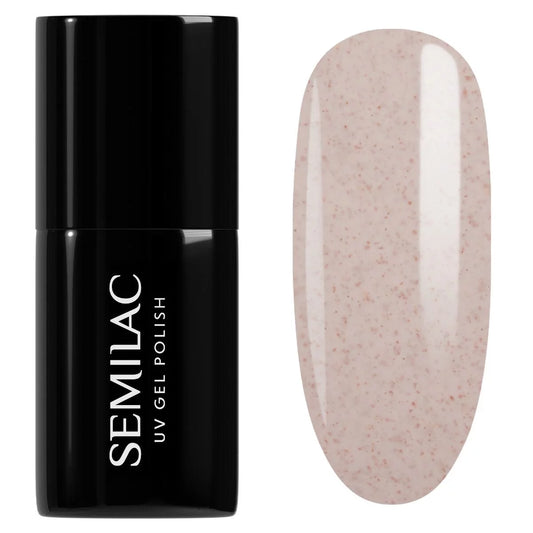
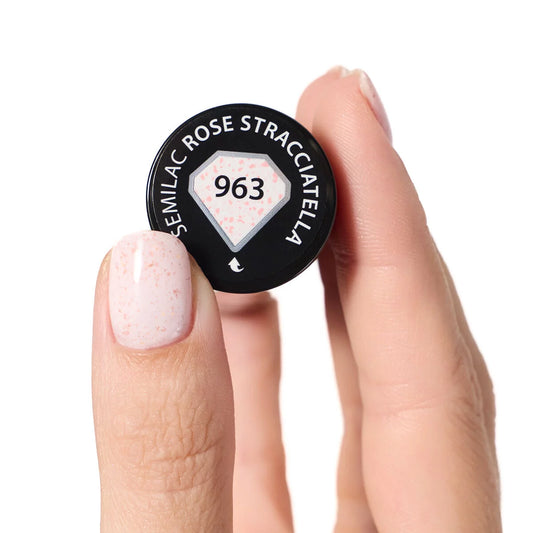
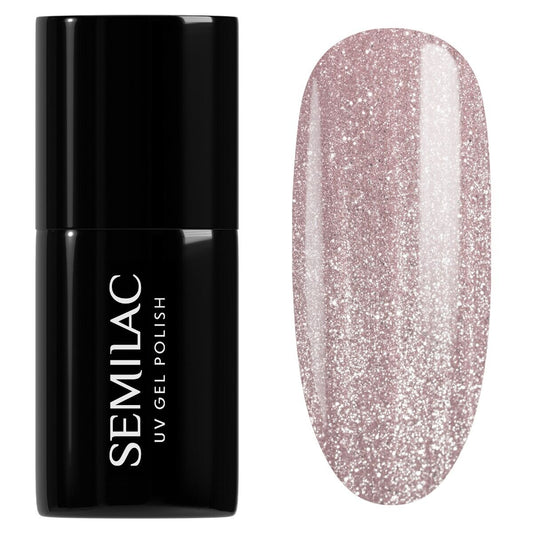

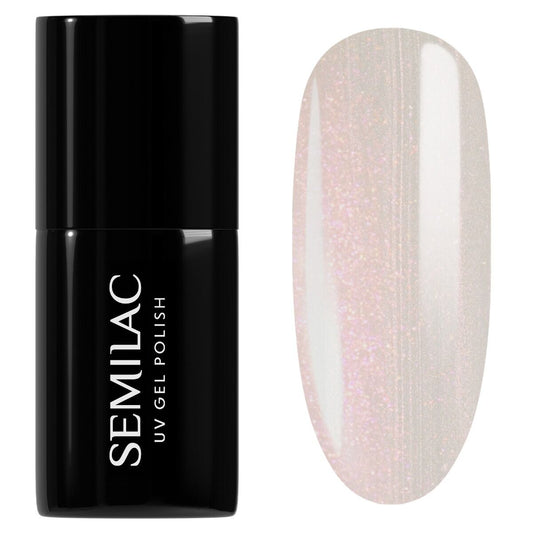
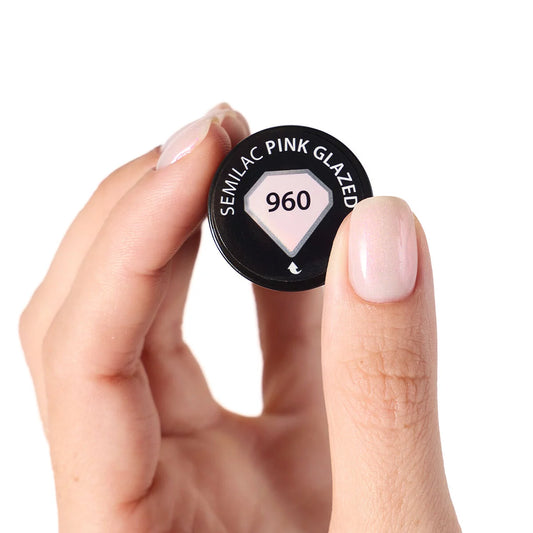
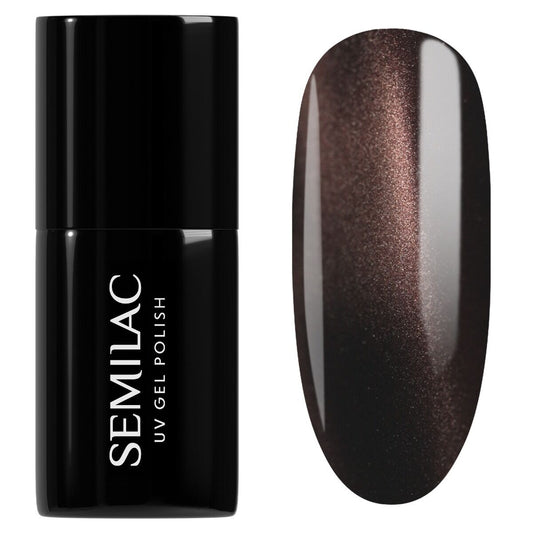
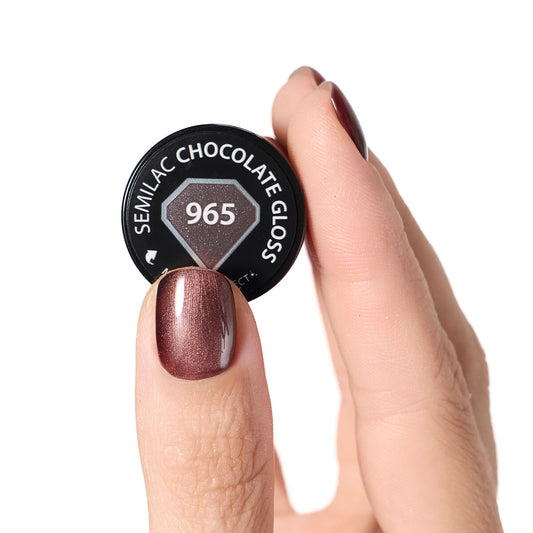
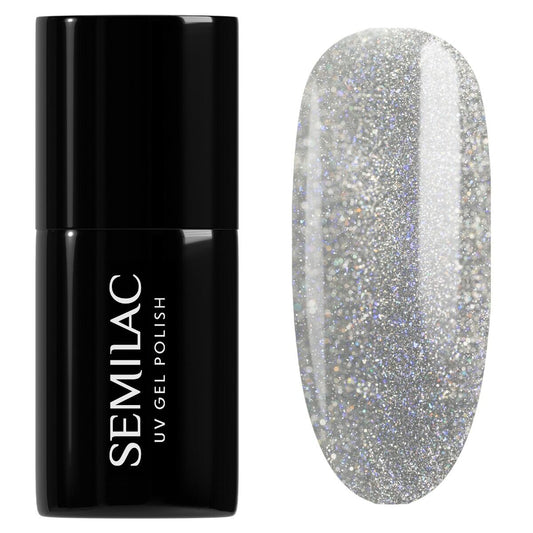
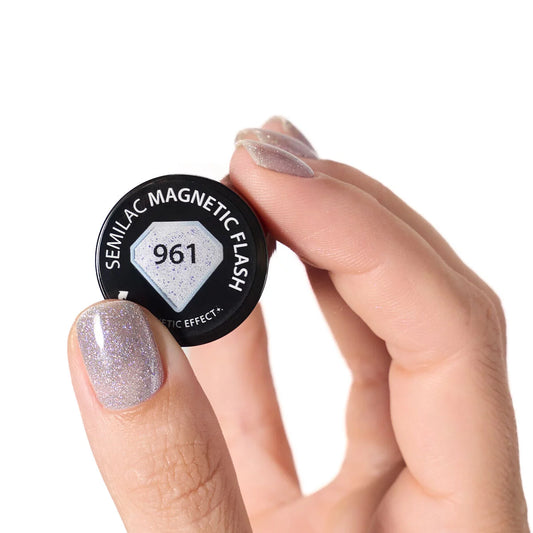
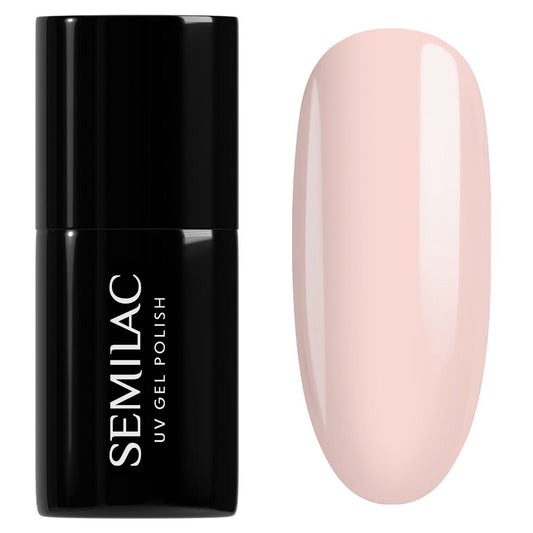
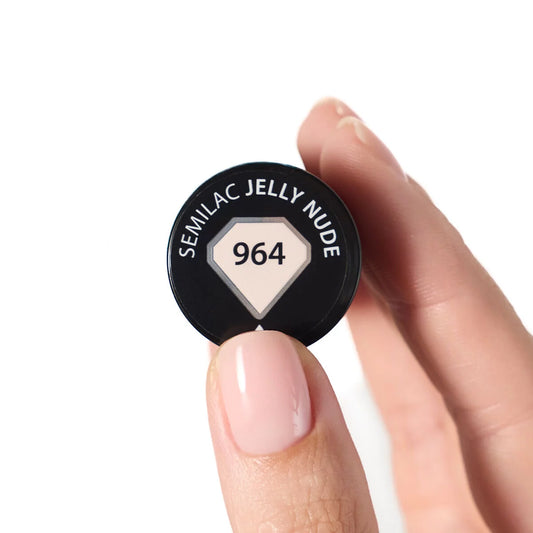
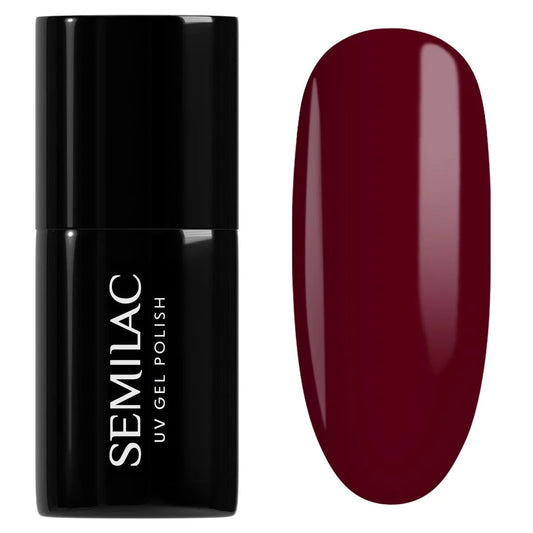
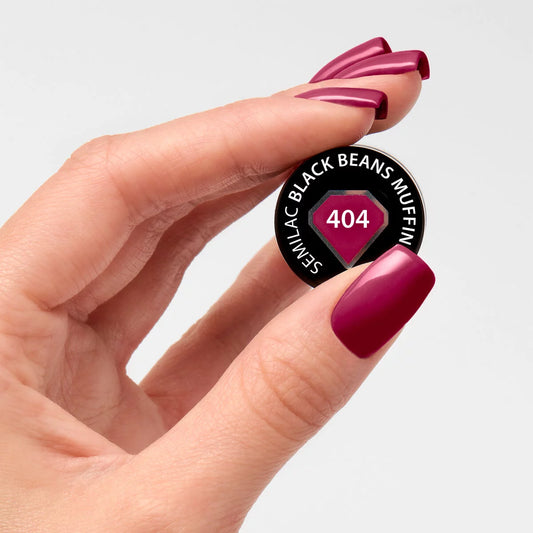
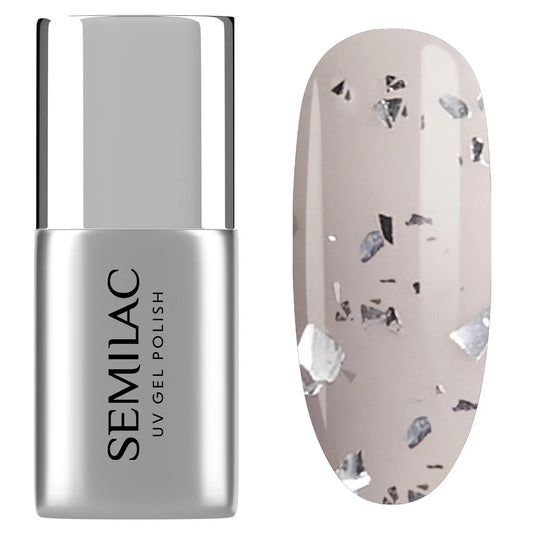
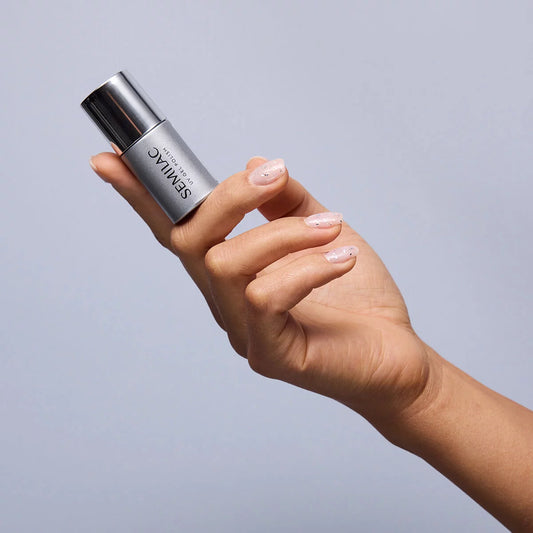
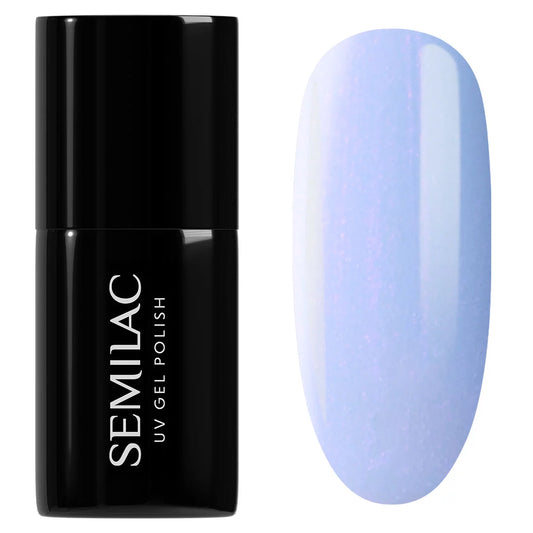
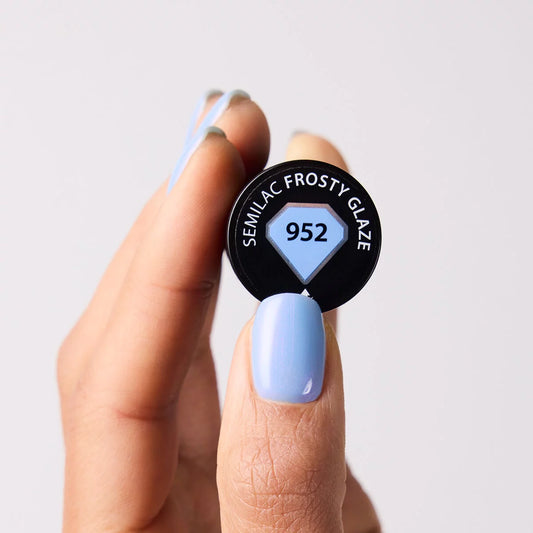
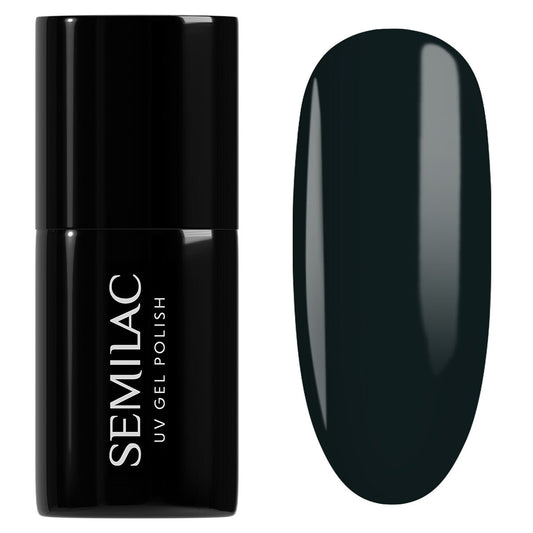
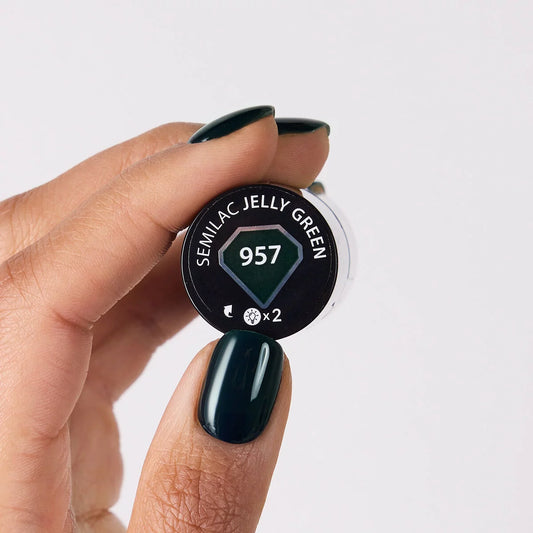


0 comments